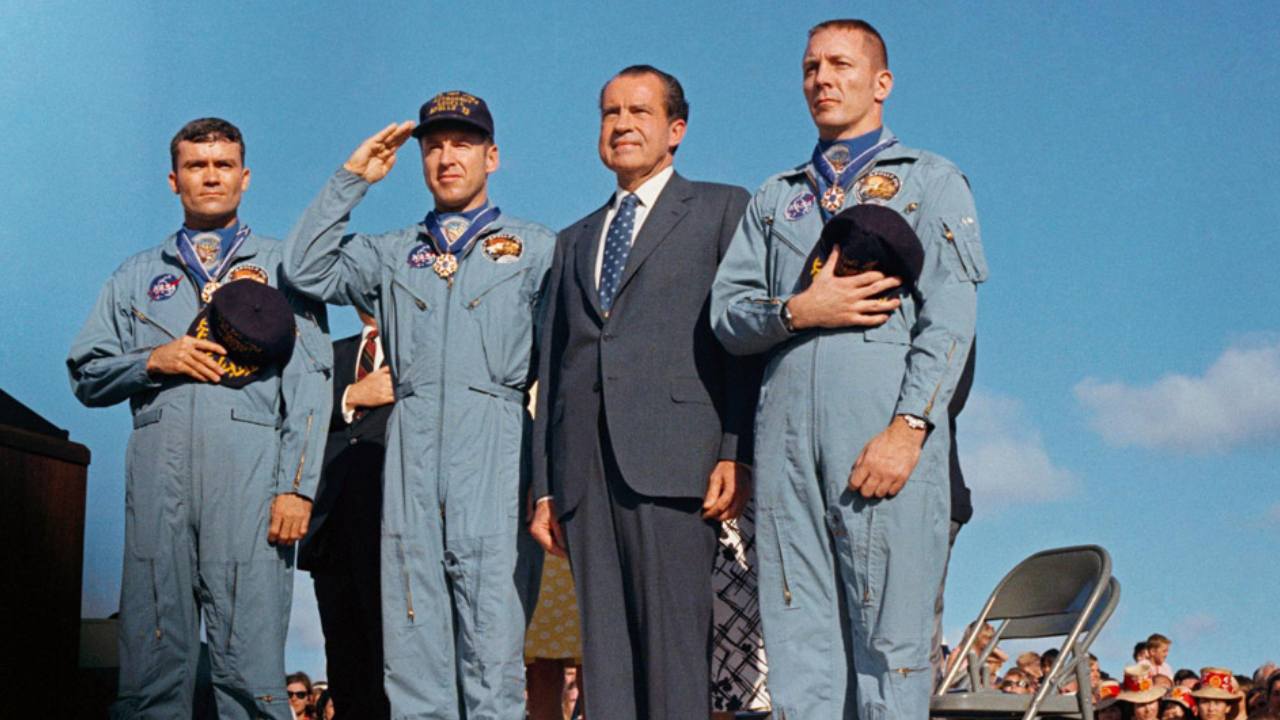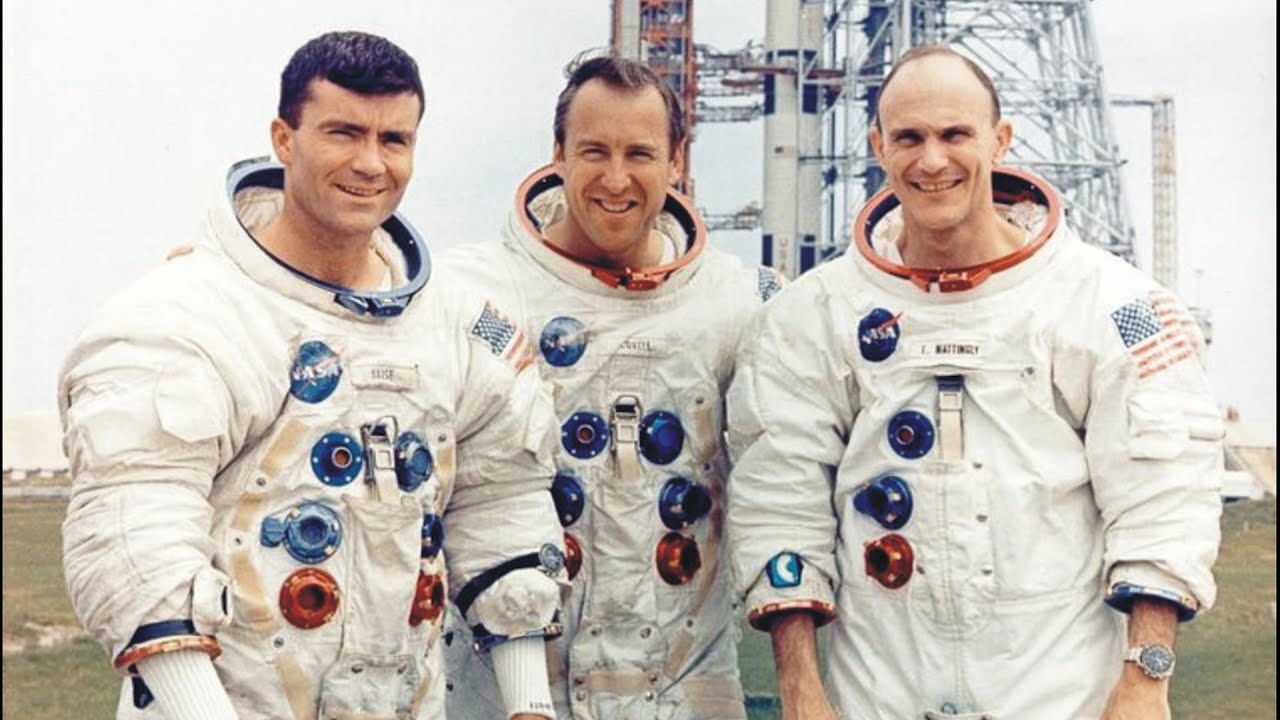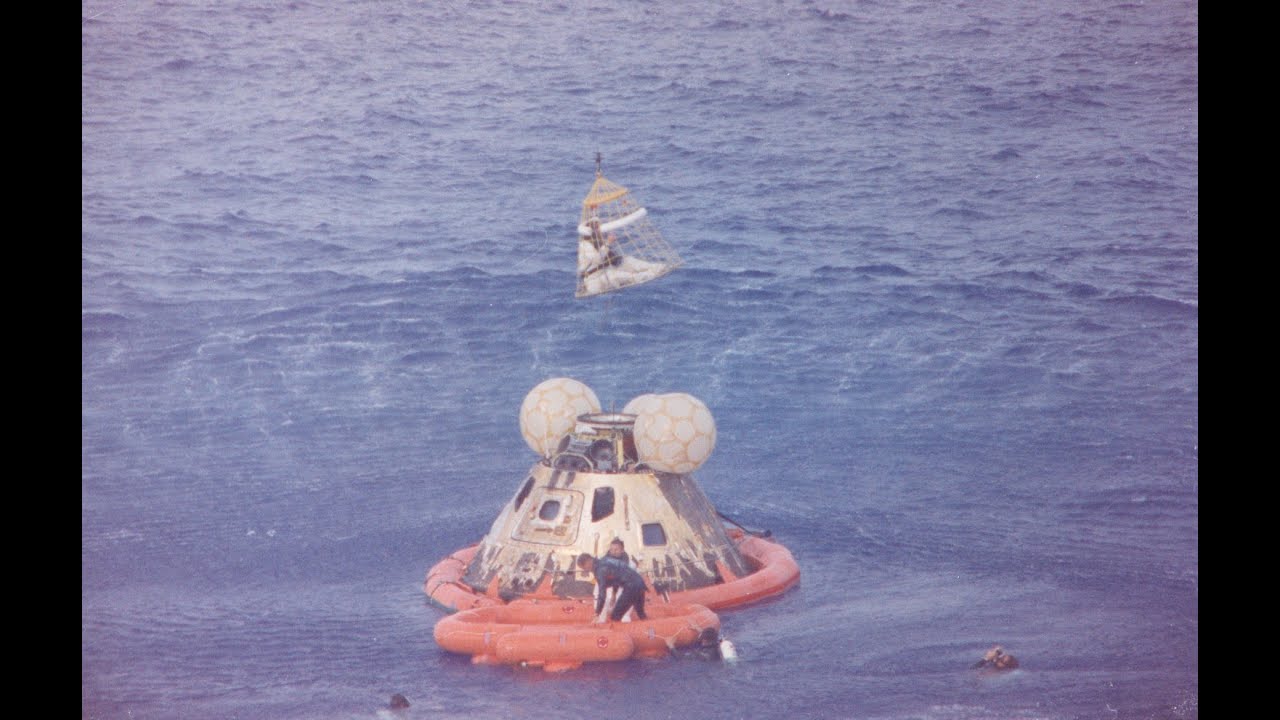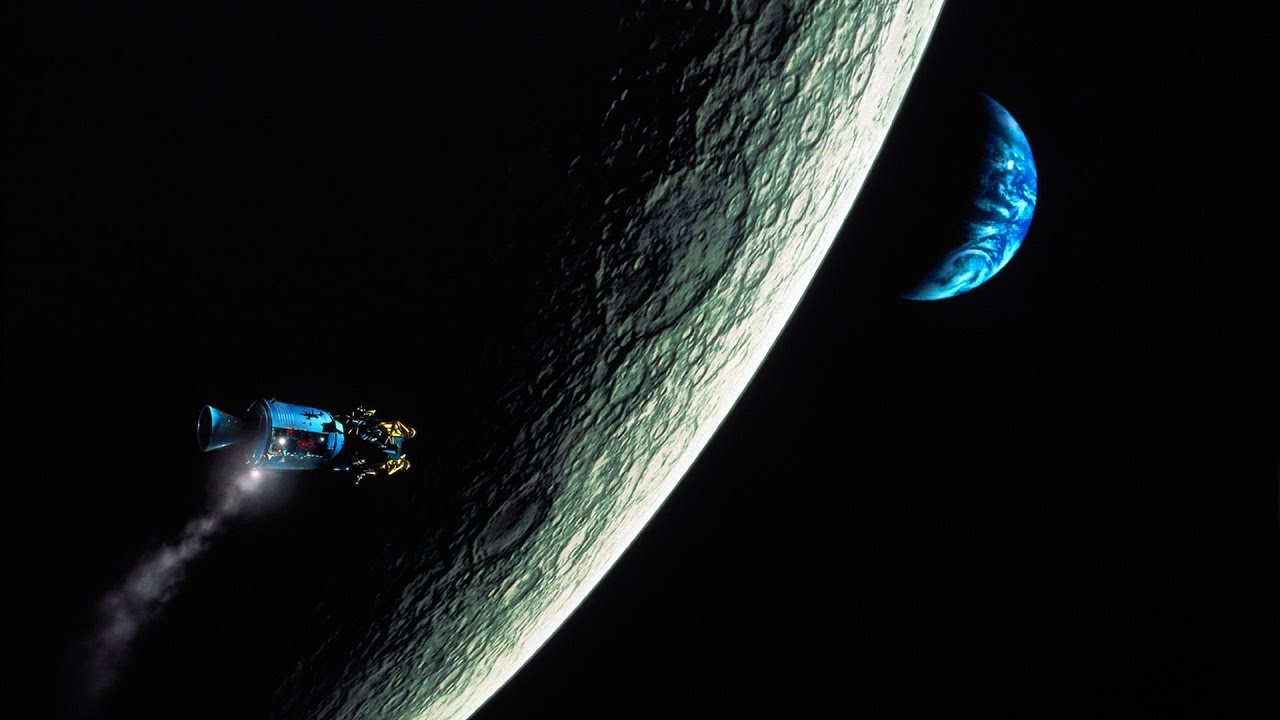The Apollo 13 mission, which went down in history as a ‘unsuccessful success’, is the third manned mission to the Moon by NASA. Even if the team cannot land on the Moon as planned and experience problems, the Apollo 13 mission, which is extremely important for space studies, has a great story.
While the Cold War was in full swing, the USA and the USSR carried the rivalry between them into space. In this context, NASA launched the Apollo project in 1967, after Yuri Gagarin went into space in 1961. Two years later, in 1969, Neil Louis Armstrong launched the Apollo 11 mission to the Moon. One small step for himself, one giant leap for humanity. However, Moon and space studies continued after this step.
In 1970, NASA’s seventh manned space mission was the third manned mission to the Moon. Apollo 13 task accomplished. However, the end did not go as planned and the team narrowly escaped death and returned to Earth without setting foot on the Moon. Alright, What happened on the Apollo 13 mission? Why was it seen as a success even though they did not achieve their intended goal? Let’s take a closer look at the interesting story of the Apollo 13 mission.
Planned as a regular Moon trip:
Space missions and Moon travel in the 1960s and 1970s It had become commonplace for the whole world. Both the United States and the Union of Soviet Socialist Republics repeatedly conducted space missions, with the United States traveling to and from the Moon. Apollo 13 was one of them.
NASA’s seventh manned space mission, its third manned trip to the Moon, when the calendars showed April 11, 1970 Everything was ready for the Apollo 13 mission. The crew included astronauts James Arthur Lovell, John L. Swigert and Fred W. Haise. Apollo 13 was launched from Kennedy Space Center in Florida, USA at 13:13.
The purpose of the Apollo 13 crew, discovered but not studied It was to get to know the Moon’s Imbrium Basin and the Fra Mauro region better. After landing in this region, they would examine our moon a little more closely by doing many different geological experiments. Apollo 13 was making a successful voyage. Until the evening of April 13.
“Houston, we have a problem here”

On April 13, 1970, Apollo 13 was approximately 320 thousand kilometers from Earth. All was going well, and the team would soon go into lunar orbit. An explosion at 21:08 It was a sign that everything was upside down. The oxygen tank number 2 had exploded and began to interfere with the supply of vital needs. James Arthur Lovell reported the situation with the message “Houston, we have a problem here”.
Apollo 13 consisted of the landing module and the command module. As the command module lost pressure after the explosion, the team headed to the landing module. The mission to the moon was aborted. Now the Apollo 13 crew had only one mission; safely back home to Earth.
The life market begins in the vacuum of space:

The command module was completely shut down and the crew moved to the landing module. The landing module was developed to land the crew in lunar orbit and return it to the vehicle. It contained oxygen to support 2 people for 45 hours. However, this was not enough. If the Apollo 13 crew wants to return to Earth That module was supposed to last at least 90 hours for 3 people and cover 320 thousand kilometers.
The landing module needed energy and cooling water. The carbon dioxide had to be expelled somehow, but the square lithium hydroxide cans used in the command module were not compatible with the landing module. It was at this point that the Apollo 13 team used their engineering skills and by making a primitive adapter with materials contained in the module managed to overcome all these problems.
The landing module was developed for the short distance between Apollo 13 and the lunar ground, meaning it lacked the navigation system necessary for the crew to find their way. The team first manually controlled the module and circled the Moon once. After accelerating with a five-minute engine burn They used the sun as an alignment point and eventually they formed the route home.
Apollo 13 returns home:

While the Apollo 13 team grappled with all these problems, they did not neglect to take some photos from the lunar orbit. Nearly all of the crew fell ill as they made their way through the world route. Because the landing module was not suitable for a 90-hour journey and inside the module was really cold. Meanwhile, the ground crew was still trying to fix the remote control module.
on April 17, 1970 A final route was created by taking the world alignment point and meanwhile the crew moved on to the repaired command module. The landing module separated from the command module before it entered Earth’s atmosphere. At 13:00, the Apollo 13 crew entered the Earth’s atmosphere.
After the command module entered the atmosphere, there was a full 4 minutes of silence. Everyone was worried there was something wrong with the command module’s heat shields. That would mean death. Fortunately, Apollo 13’s parachutes were finally seen over the Pacific Ocean, and the 3 astronauts completed their mission and returned home safely.
Why is Apollo 13 a failed success?

Even as we are used to space travel and lunar voyages, each such mission carries great risk. As a result of the fire in the Apollo 1 capsule on January 27, 1967, Gus Grissom, Ed White and Roger Bruce Chaffee named death of astronauts It reminds us how sensitive this issue is.
The Apollo 13 mission is therefore a real success. Yes, the original mission of the mission was not met, the Moon was not landed, but NASA has accomplished a much bigger mission. In an accident that took place thousands of kilometers from Earth in the vacuum of space, he managed to return home safely without anyone dying.
The Apollo 13 mission showed that the developed spacecraft can actually be controlled remotely. The astronauts who are raised in the same way can put up a struggle that does not look like science fiction movies. We are sure that no one is in the vacuum of space, he doesn’t want to die in a spacecraft. For this reason, even though it failed in its original mission, Apollo 13 made its mark in history as a real success.
Going down in history as an unsuccessful success We told the story of the Apollo 13 mission and we talked about why it’s called that. Although the moon is no longer as popular as it used to be, it looks like we’ll soon be starting to write such new heroic stories on our Martian voyages.
